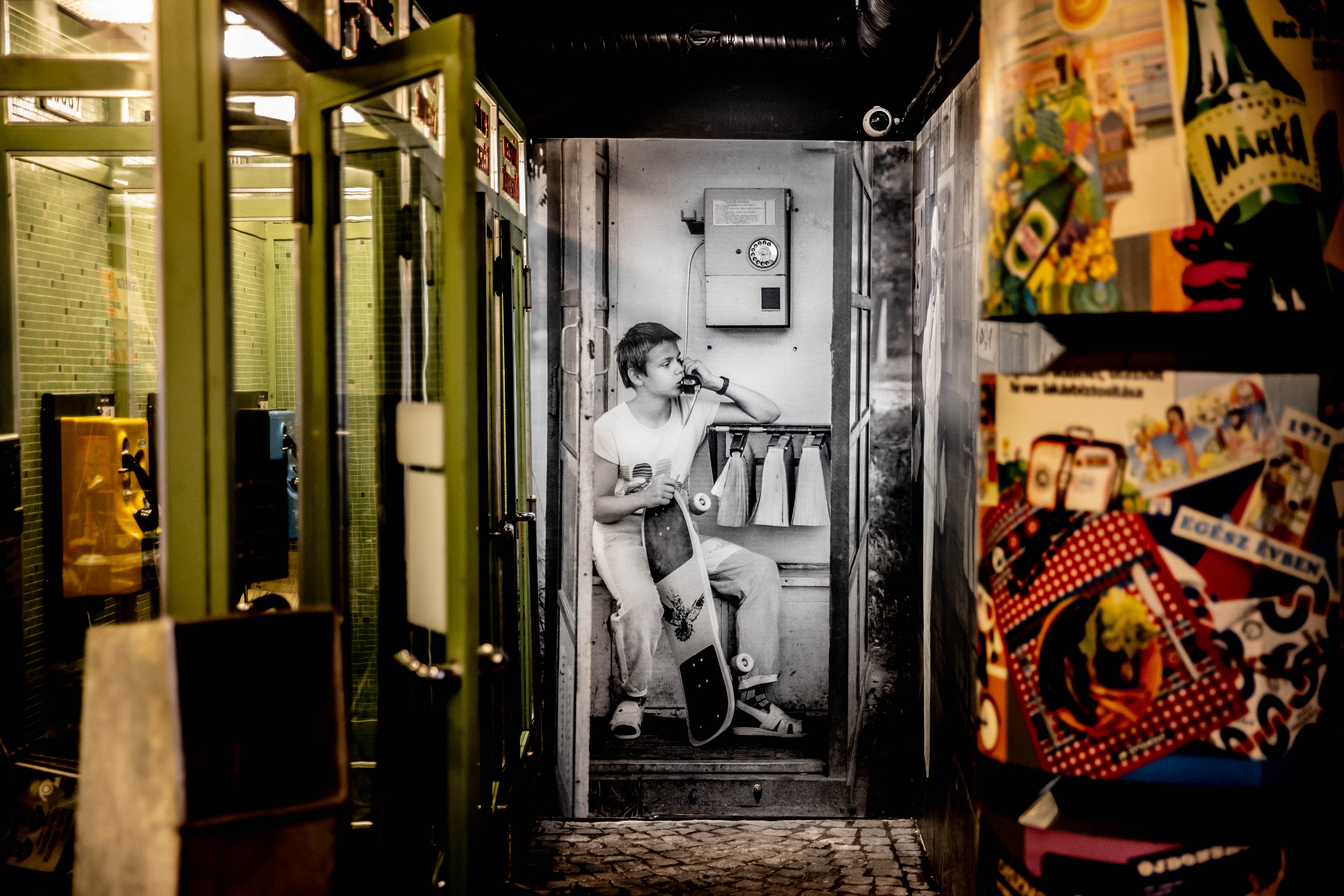A crowded Budapest bar. You’re at the next table to a group of Hungarians. Someone gets up to leave and does the standard local thing of taking an eternity to do so, this whole social interaction a complex game of reluctance, sorrow, passive-aggressive persuasion to stay, determination and, ultimately, the decisive step of actually leaving.

This is solved with one simple, practically international, word of five letters: HALLÓ!
This doesn’t mean ‘hello’ or, at least, it can do, but not when someone’s saying goodbye. Then the word is also halló.
The story of how this most English of words crept into the Hungarian vernacular for Magyars to misuse many times on a daily basis has possible links to that great American inventor, Thomas Edison.
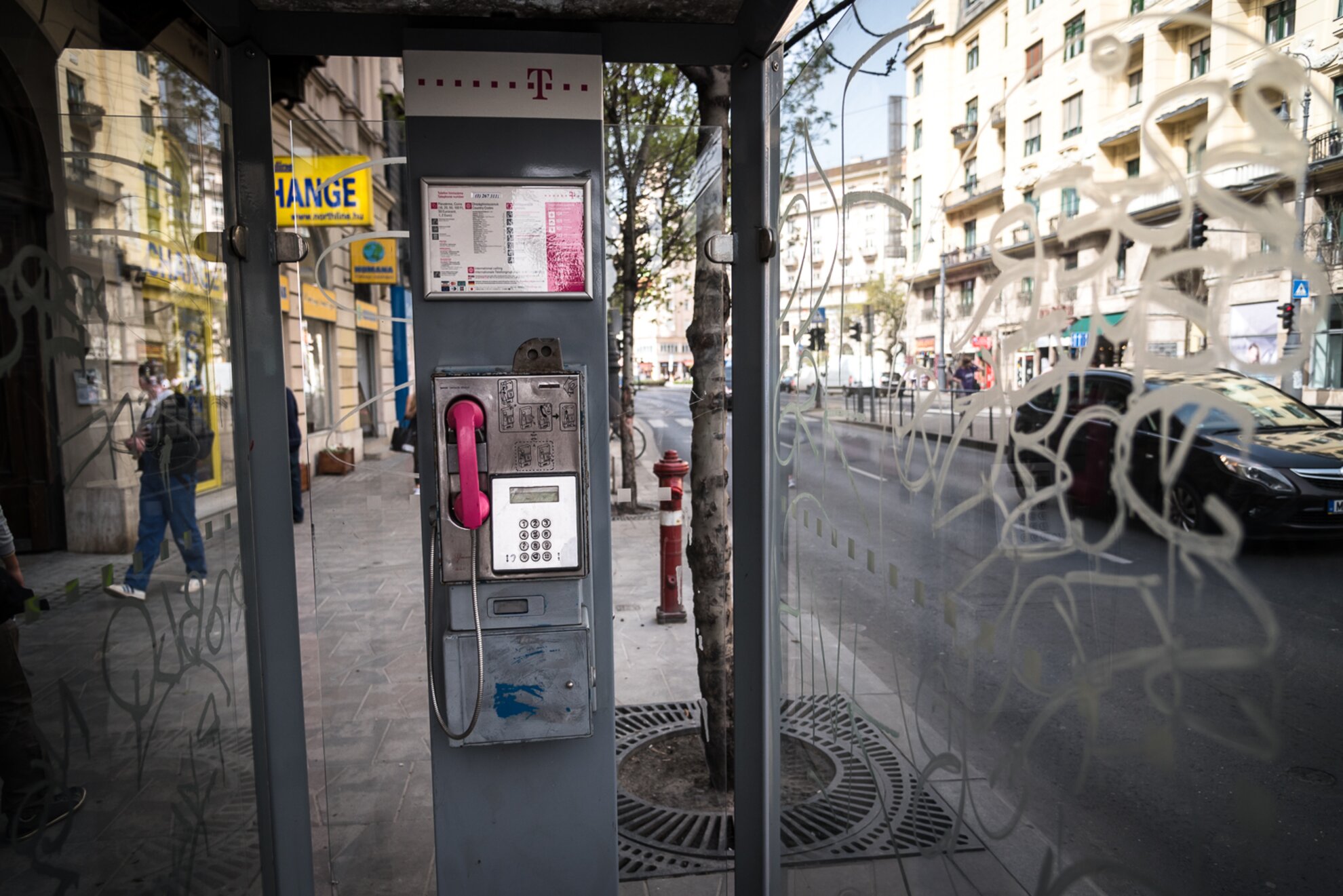
While working his prototypes for recorded sound, Edison exclaimed the rather obscure word ‘hello!’, which proved more popular than Alexander Graham Bell’s suggestion of ‘ahoy!’ for what to say first when picking up his own invention, the telephone.
Hungarian telecommunications pioneer Tivadar Puskás happened to be working with both men at the same time in America, in the late 1870s. He then helped create the first experimental telephone exchange in Boston, and was duly invited to expand on the idea in Paris.
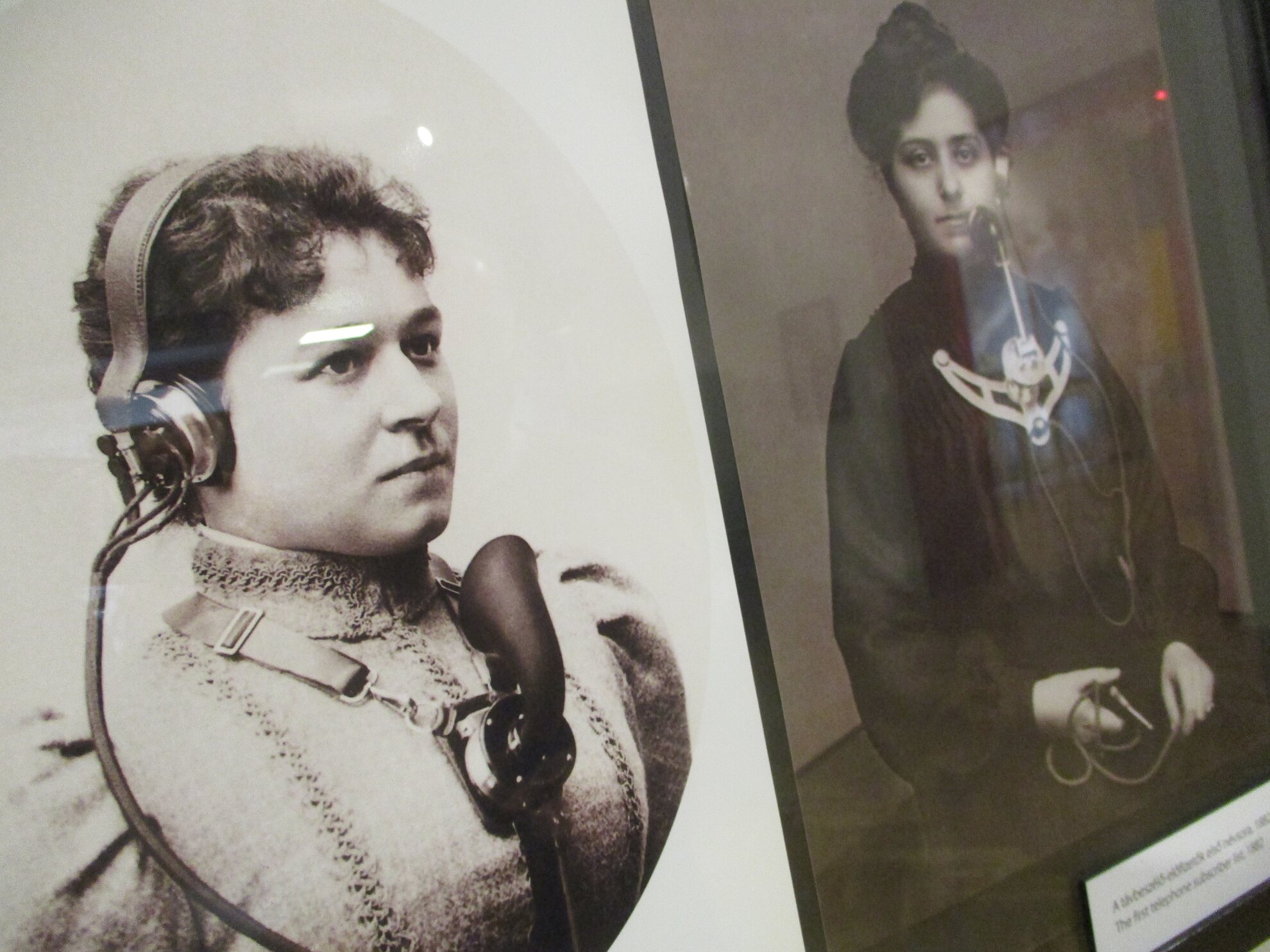
While he was in France, his brother Ferenc was setting up the first actual
telephone exchange on Hild tér in Budapest, as designed by Tivadar. Today on
view at the Postal Museum on Benczúr utca, this primitive yet effective contraption
allowed operators to connect the city’s 78 subscribers with each other.
These
vital human cogs in the communications process were always women, as they were considered
trustworthy and superior at multi-tasking. Several people could even speak at
the same time.
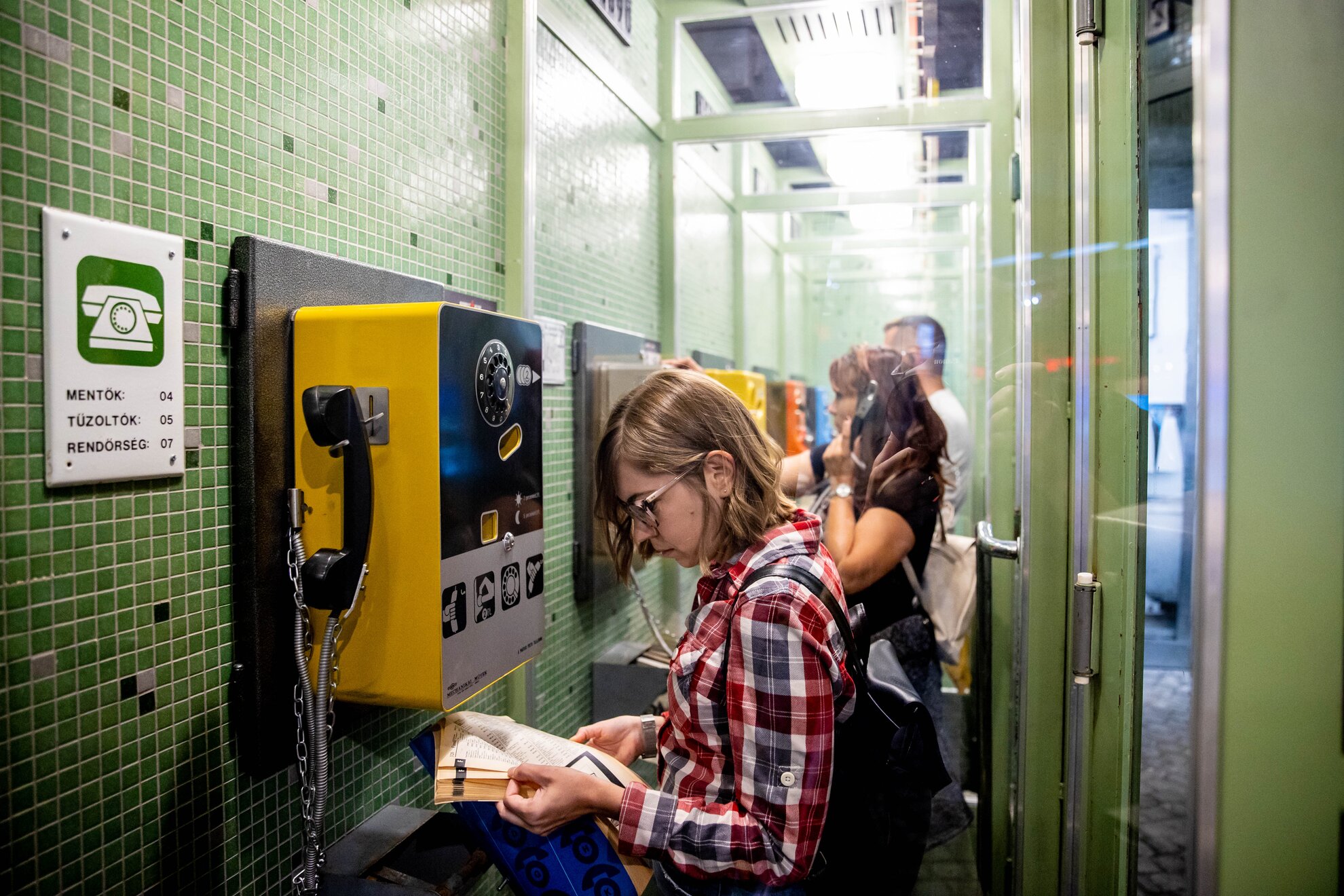
The use of ‘hello!’ had crossed the Atlantic with Tivadar Puskás, the
vital difference in Budapest being that callers also had to instruct the operator
when they wanted to end the conversation – and, logically, inform their
interlocutor, too.
This may well have been when the strange Hungarian custom of
using halló! for both hello and goodbye may have come from. Certainly, no other
metropolis had a telephone exchange as sophisticated as Budapest’s back then
– and by the time larger capitals were installing theirs, technology had
moved on.
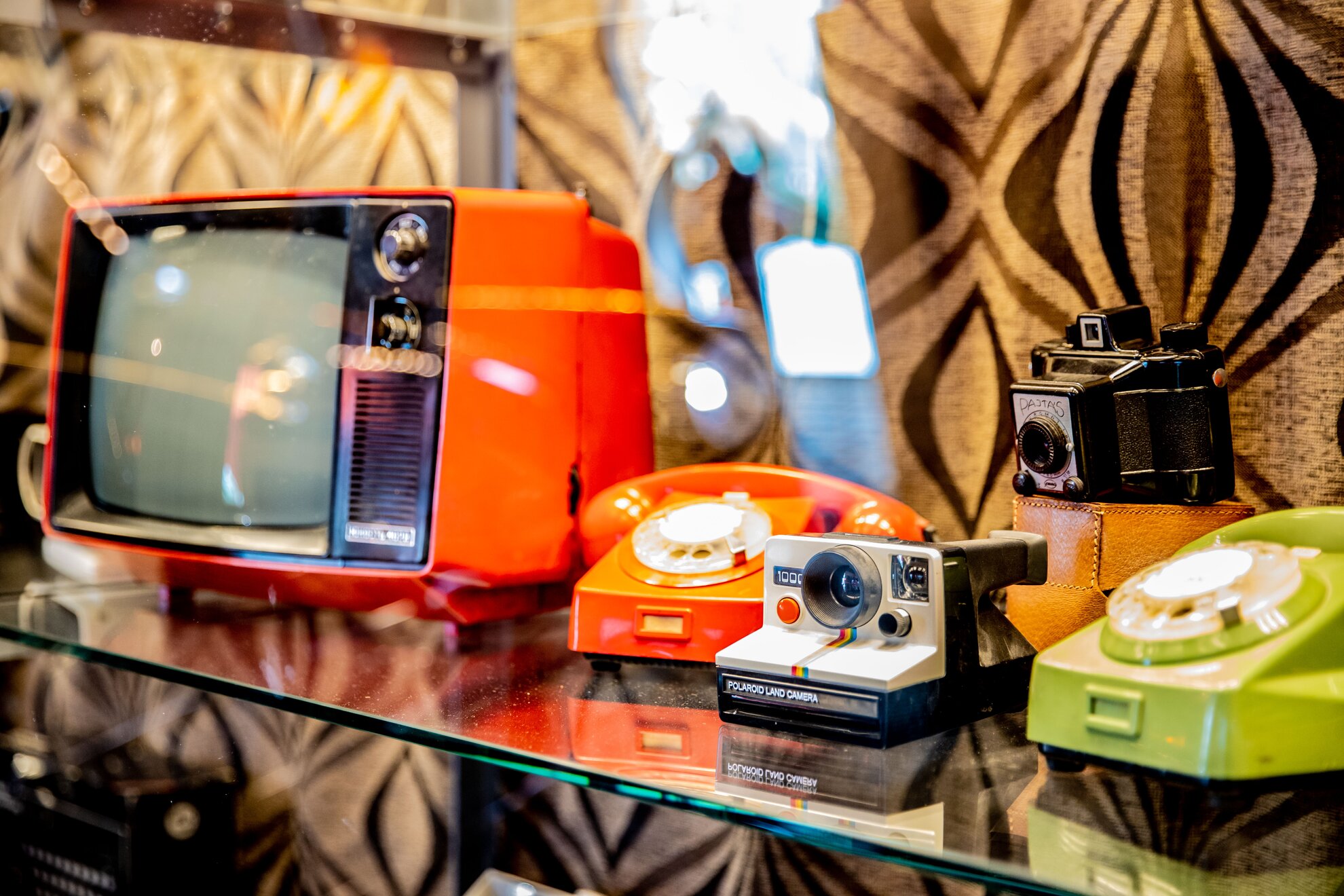
Another theory related to the telephone exchange is that halló is a shortened version of the Hungarian hallom, ‘I hear you’, or perhaps a neutral version between this and the more informal hallod?, ‘Can you hear me?’. Tenuous at best, it doesn’t really explain the one crucial idiosyncrasy unique to Hungary, the use of halló when you also wish to say goodbye.
Italian, of course, has the catch-all ciao! to mean both hello and goodbye, a greeting originating in Venice. Hungarian has its equivalent, szia!, whose entangled origins are a story for another day.
For now, though, it’s halló until our next lesson.
